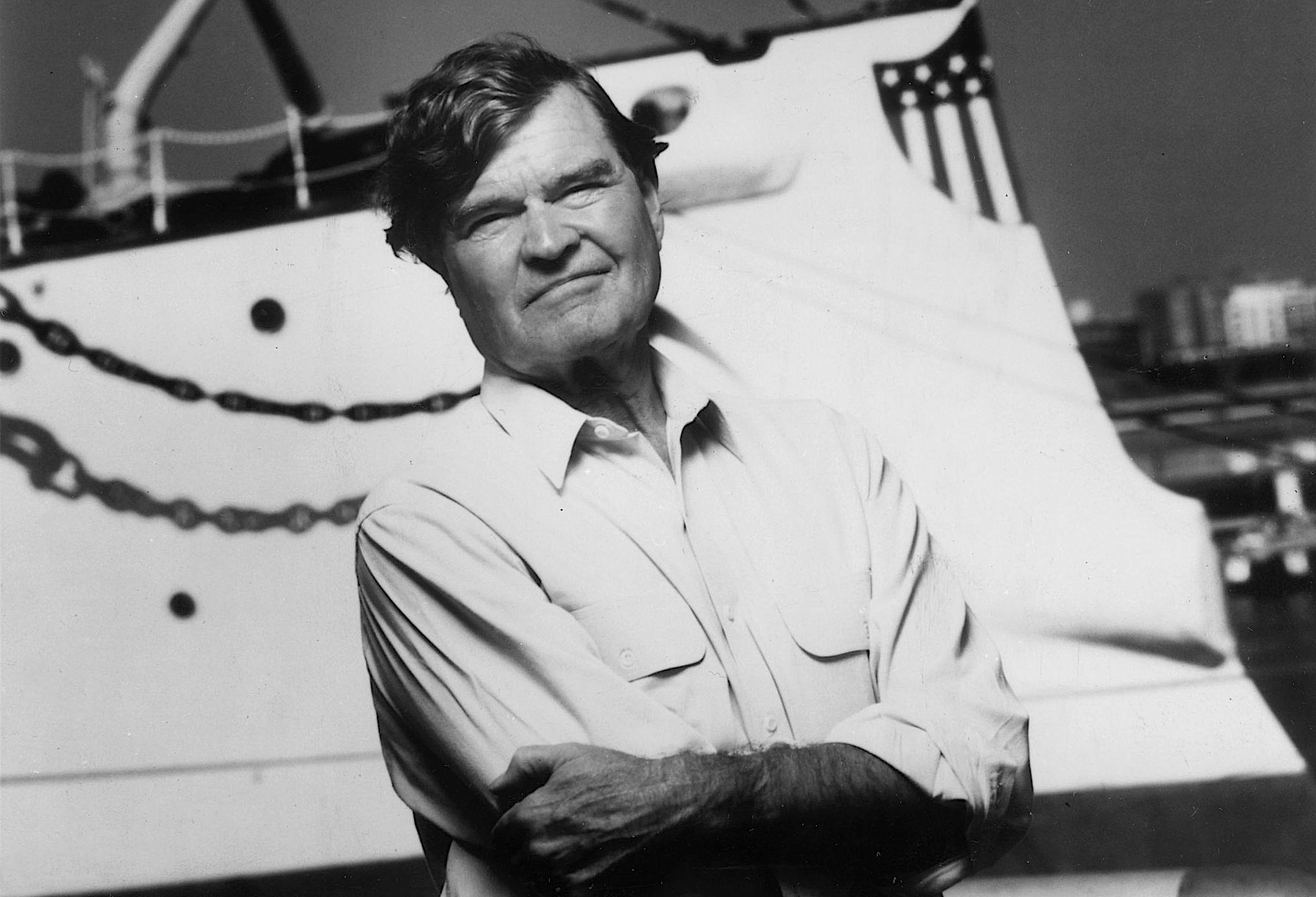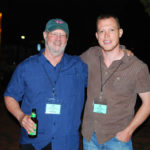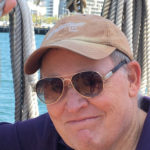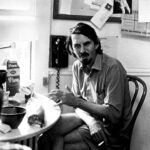1) On the edifying mission of pre-tourism travel
Before the development of tourism, travel was conceived to be like study, and its fruits were considered to be the adornment of the mind and the formation of the judgment.
2) On the aesthetic compromises of modern travel
I don’t want to sound too gloomy, but there’s a relation here with other “replacements” characterizing contemporary life: the replacement of coffee-cream by ivory-colored powder, for example, or of silk and wool by nylon; or glass by lucite, bookstores by “bookstores,” eloquence by jargon, fish by fishsticks, merit by publicity, motoring by driving, and travel by tourism. A corollary of that last replacement is that ships have been replaced by cruise ships, small moveable pseudo-places making an endless transit between larger fixed pseudo-places. But even a cruise ship is preferable to a plane. It is healthier because you can exercise on it, and it is more romantic because you can copulate on it.
3) On the distinction between explorers, travelers, and tourists
Before tourism there was travel, and before travel there was exploration. Each is roughly assignable to its own age in modern history: exploration belongs to the Renaissance, travel to the bourgeois age, tourism to our proletarian moment. But there are obvious overlaps. What we recognize as tourism in its contemporary form was making inroads on travel as early as the mid-nineteenth century, when Thomas Cook got the bright idea of shipping sightseeing groups to the Continent, and though the Renaissance is over, there are still a few explorers. Tarzan’s British father Lord Greystoke was exploring Africa in the twentieth century while tourists were being herded around the Place de l’Opera.
4) On further distinctions between explorers, travelers, and tourists
“Explorers,” according to Hugh and Pauline Massingham, “are to the ordinary traveler what the Saint is to the average church congregation.” The athletic, paramilitary activity of exploration ends in knighthoods for Sir Francis Drake and Sir Aurel Stein and Sir Edmund Hillary. No traveler, and certainly no tourist, is ever knighted for his performances, although the strains he may undergo can be as memorable as the explorer’s. All three make journeys, but the explorer seeks the undiscovered, the traveler that which has been discovered by entrepreneurship and prepared for him by the arts of mass publicity. The genuine traveler is, or used to be, in the middle between the two extremes. If the explorer moves toward the risks of the formless and the unknown, the tourist moves toward the security of pure cliché. It is between these two poles that the traveler mediates, retaining all he can of the excitement of the unpredictable attaching to exploration, and fusing that with the pleasure of ‘knowing where one is’ belonging to tourism.
5) On the banal placelessness of the modern airport
Today the tourist is readied for his ultimate encounter with placelessness by passing first through the uniform airport. Only forty years ago the world’s airports exhibited distinctive characteristics betokening differences in national character and style. Being in one was not precisely like being in another. In Graham Greene’s novel of 1935, England Made Me, the character Fred Hall, we are told, “knew the airports of Europe as well as he had once known the stations on the Brighton line — shabby Le Bourget; the great scarlet rectangle of the Templehof as one came in from London in the dark…; the white sand blowing up round the shed at Tallinn; Riga, where the Berlin to Leningrad plane came down and bright pink mineral waters were sold in a tin-roofed shed.” That sort of variety would be unthinkable now, when, as Bernard Bergonzi says, airport design has become a “ubiquitous international idiom.” Moving through the airport — or increasingly, being moved, on a literal endless belt — the tourist arrives at his next non-place, the airplane interior. The vapid non-allusive cheerfulness of its decor betrays its design and manufacture as Southern Californian. Locked in this flying cigar where distance is expressed in hours instead of miles or kilometers, the tourist is in touch only with the uniform furniture and fittings and experiences the environment through which the whole non-place is proceeding only as he is obliged to fasten or loosen his seat belt.
6) On the dull humiliations of travel bureaucracy
In the modern travel experience, it is the moment of presenting one’s passport to cross from one state to another that is the debased equivalent of the moment in romance when the outsetting hero defeats or conciliates, in Joseph Campbell’s terms, the ‘shadowy presence’ that guards the hero’s passage out of his own land and lets him through the gate into his adventures. For the hero, it is a moment of triumph. For the modern traveler, it is a moment of humiliation, a reminder that he is merely the state’s creature, one of the realm’s replaceable parts. And returning is worse. It would be depressing to estimate the amount of uniquely modern anxiety experienced by the traveler returning to his own country when the passport officer slowly leafs through his book of pariahs searching for the name of the traveler there.
7) On the annoyance of tourist-zone touts
Some tourist brochures will gingerly hint at such hazards as sharks, fetid water, and appalling food, but I’ve never seen one that prepared the tourist for the far greater threat of the tout. …All kinds of tourists are fair game for touts, but Americans seem their favorite targets, not just because of their careless ways with money and their instinctive generosity but also their non-European innocence about the viler dimensions of human nature and their desire to be liked, their impulse to say “Good morning” back instead of “Go away.” It’s a rare American who, asked ‘Where you from, Sir?’ will venture ‘Screw you’ instead of “Boise.”
8) On travelers’ thirst for the unusual
But the traveler’s world is not the ordinary one, for travel itself, even the most commonplace, is an implicit quest for anomaly. Not only literary travelers but mere tourists are drawn by curiosities — if not by the Tower of Qabus, then by the Leaning Tower, or the Watts Towers, or by such abnormalities as Lourdes and Fatima, Venice, the Pyramids, the Taj Mahal, and the mummy (or waxwork — opinions differ) of V.I. Lenin.
9) On what sets travel books apart from other literature
A travel book, at its purest, is addressed to those who do not plan to follow the traveler at all, but who require the exotic or comic anomalies, wonders, and scandals of the literary form romance which their own place or time cannot entirely supply. Travel books are a sub-species of memoir in which the autobiographical narrative arises from the speaker’s encounter with distant or unfamiliar data, and in which the narrative — unlike that in a novel or a romance — claims literal validity by constant reference to actuality. The speaker in any travel book exhibits himself as physically more free than the reader, and thus every such book, even when it depicts its speaker trapped in Boa Vista, is an implicit celebration of freedom.
Read the book:






